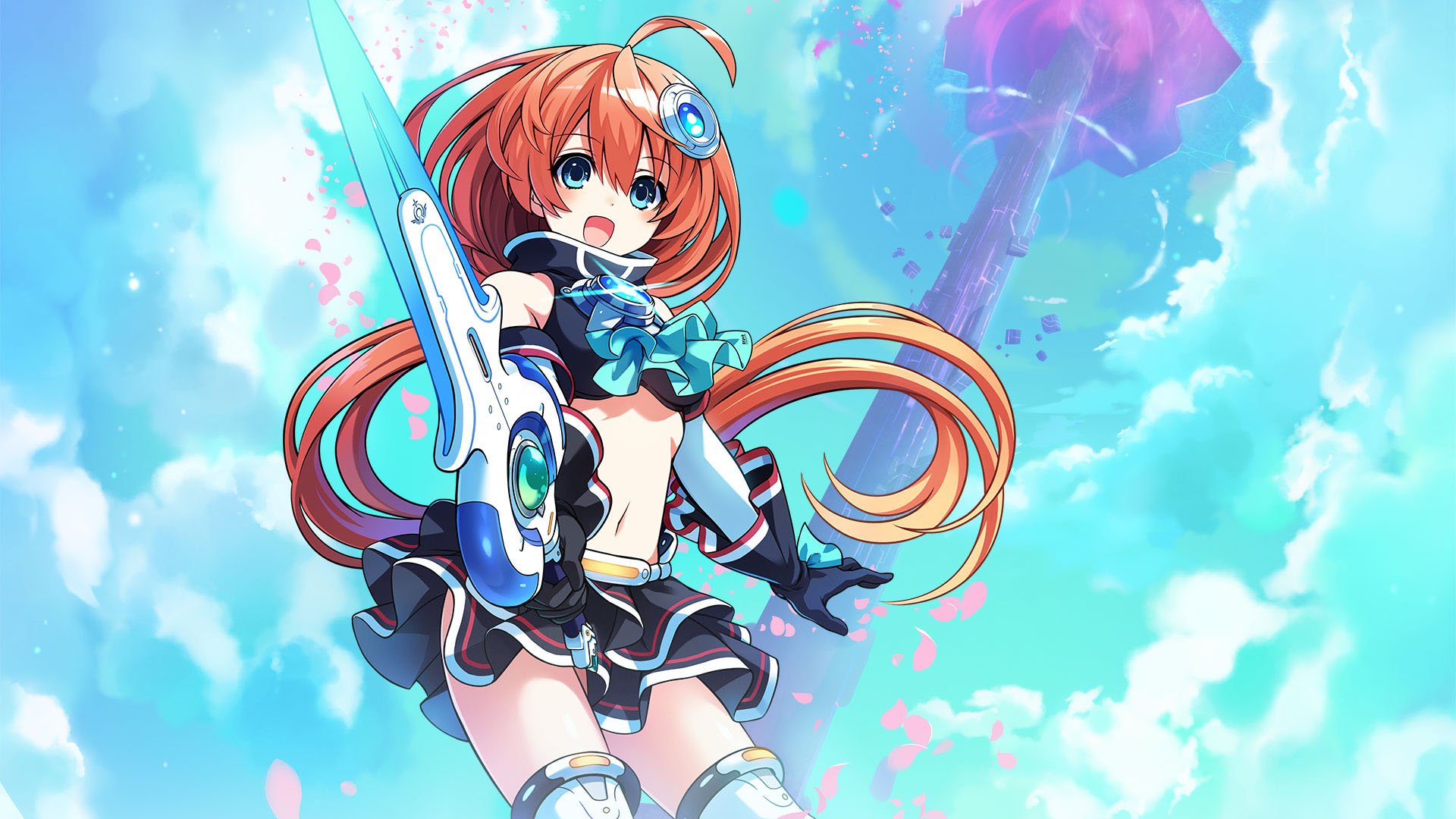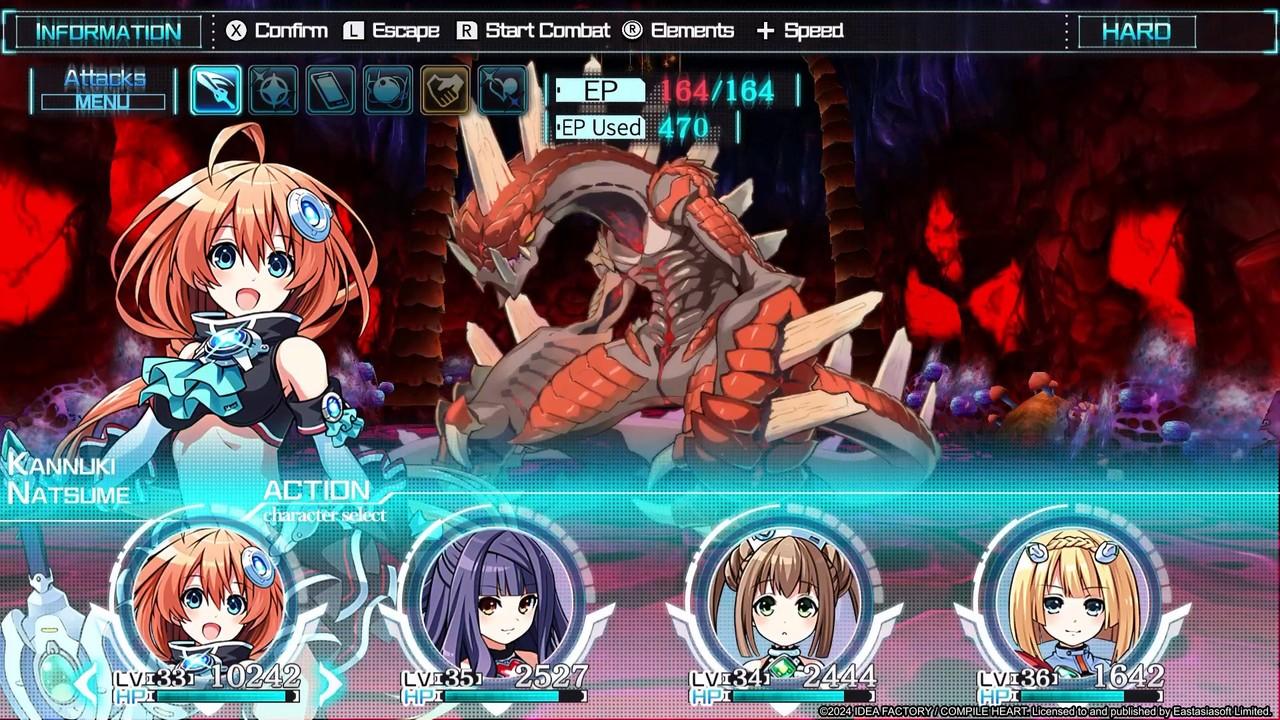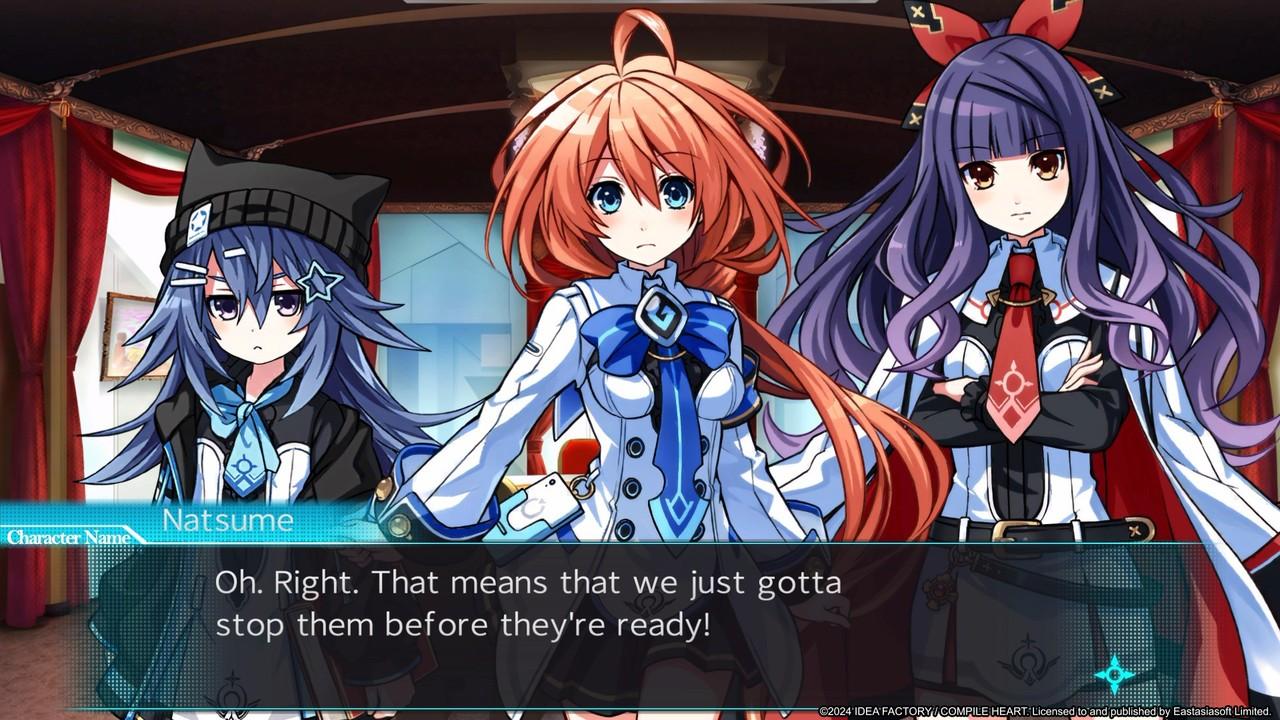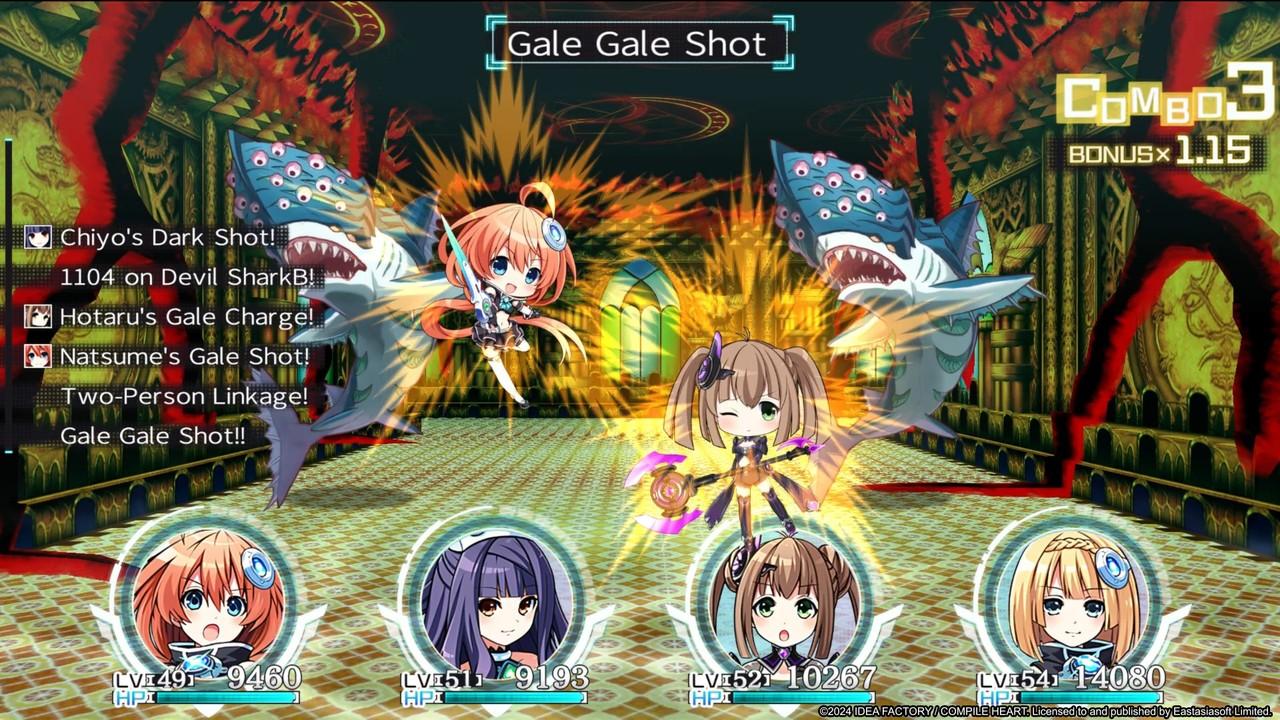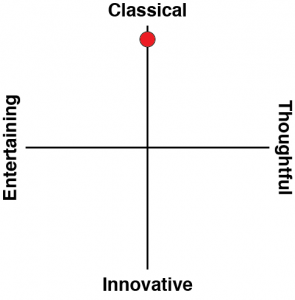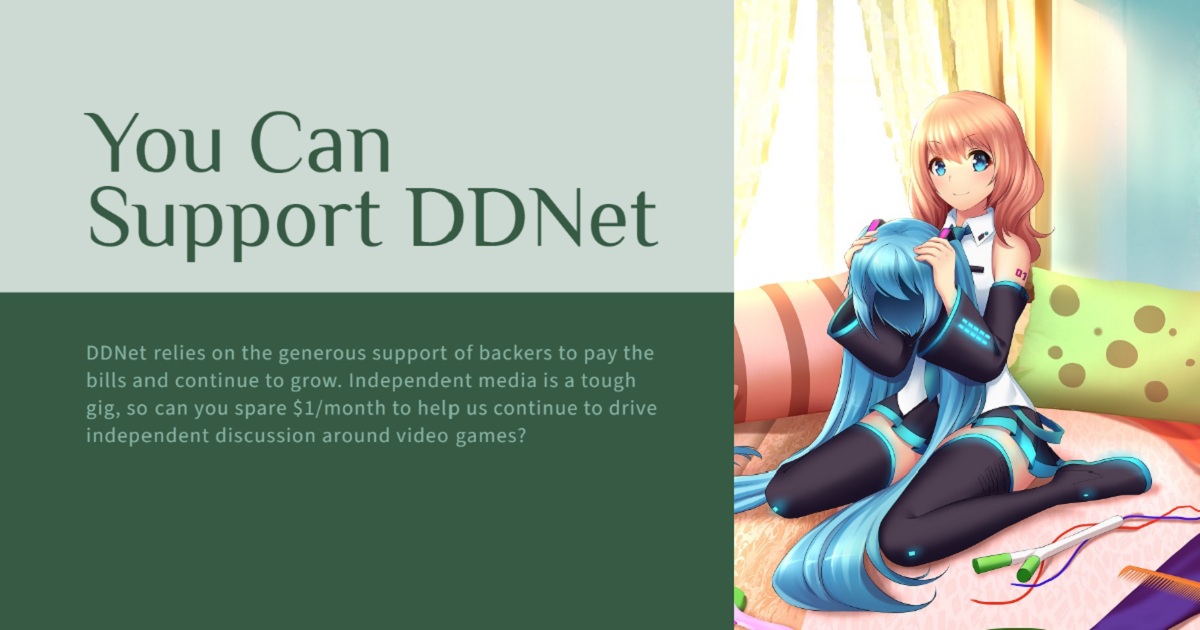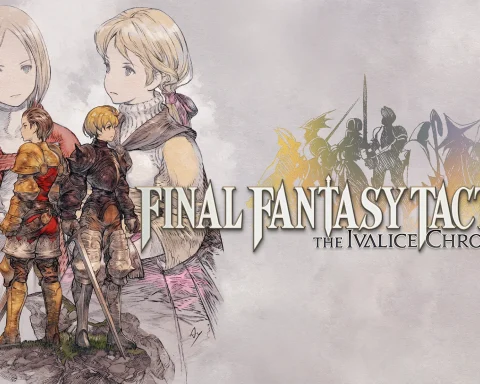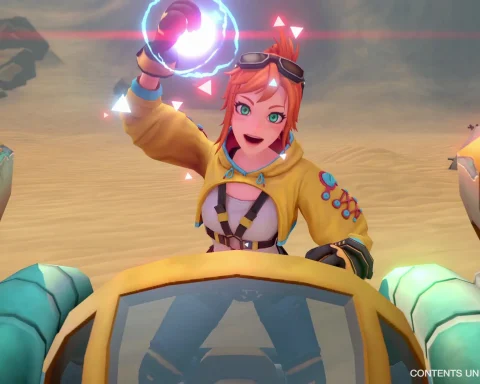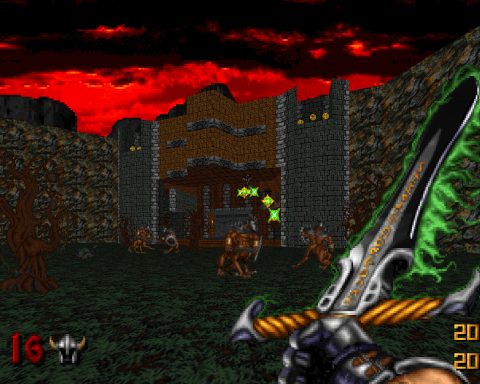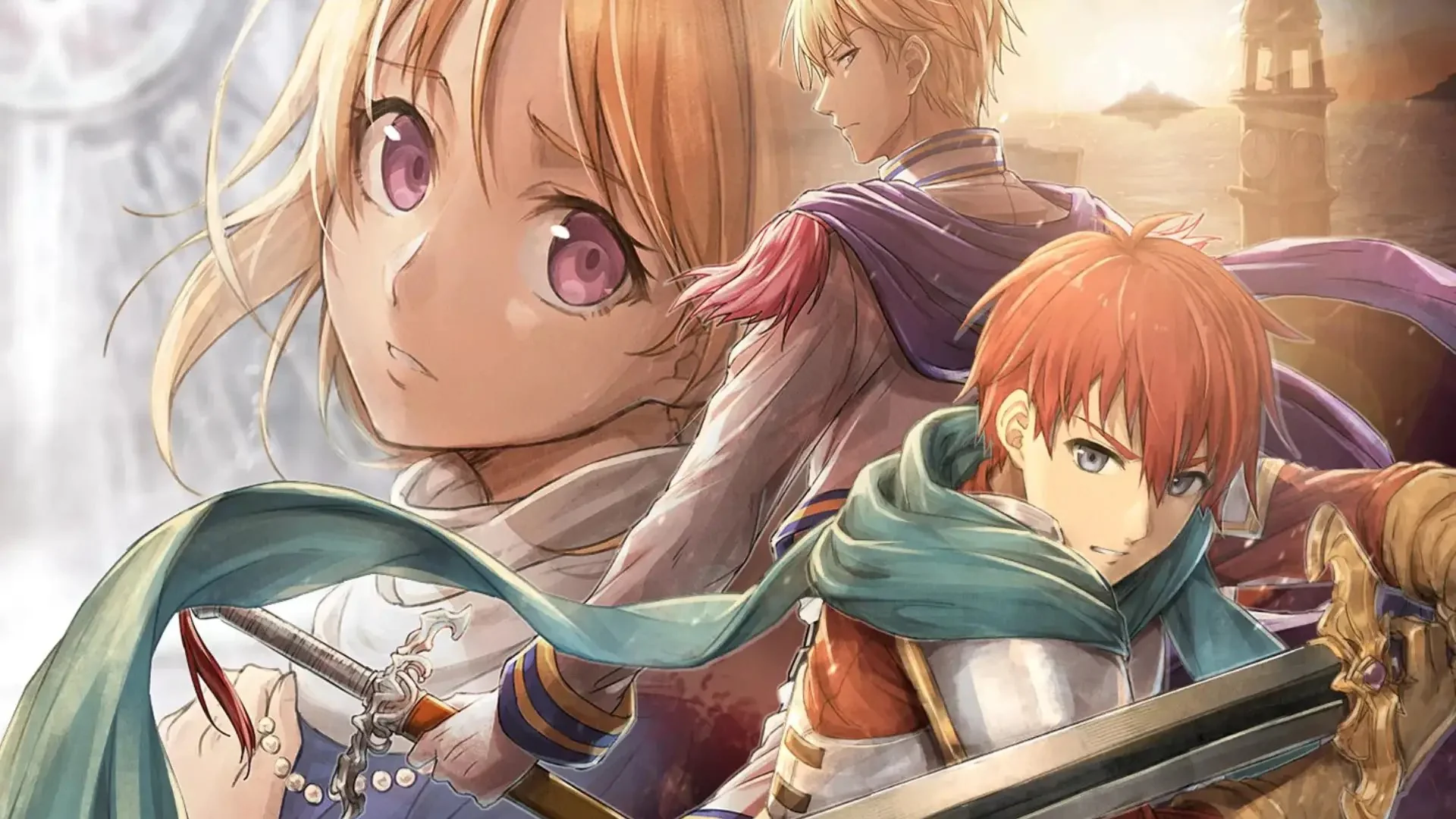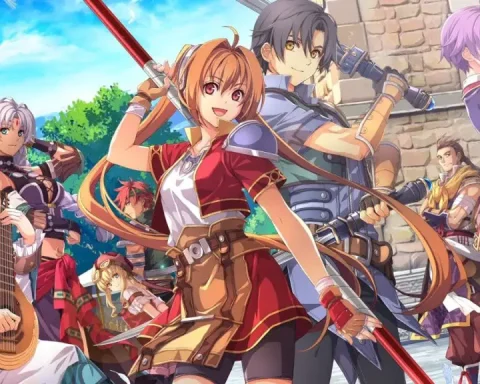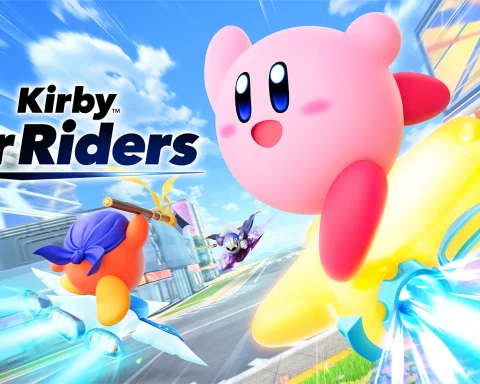To get this out of the way up-front: We need to be wary about art (games, films, books, whatever else) that depict apocalyptic scenarios where some form of invader from without swarms the world and you’re in control of the last nation standing, holding back the horde. It’s an incredibly common trope, and in brighter times, is easy to take in stride. But we don’t live in brighter times, we live in a time where ethno-nationalists just love the candle in the darkness metaphor, and they are very much trying to write this kind of story into reality.
Now, having opened this review with a paragraph of mundane art criticism that I’m probably going to regret when I read the comments section in a day or so, let’s talk about Tokyo Clanpool. A game that has a narrative foundation featuring the aforementioned apocalyptic scenario. I’m certainly not suggesting that this was the explicit intent of the narrative writers or developers, but given that every time I load up Twitter I’m inundated with “people” “debating” whether brown people are flooding my country, authorial intent and impact with these stories has become a line too hazy for my liking.
So, in Tokyo Clanpool, Japan has been inundated by monsters that are emerging from a creepy-looking tower. Luckily for Japan and the vestiges of humanity, there’s a bunch of magical girls who have wound up taking over the government in their efforts to push back the apocalyptic tide. As a result, you need to descend into the tower, map it, kill everything that you see within it, all while it’s being broadcast live and your team’s every action is being judged by the all-important voter (of which there is a surprisingly large number given that humanity’s on its last stand).
It is, of course, presented with humour, and you’d have no trouble identifying Tokyo Clanpool as being from the same creatives behind Hyperdimension Neptunia, Fairy Fencer, and kin. If the narrative and humour style don’t give that away, the art definitely will. Clanpool is heavy enough on the anime fan service that the game has fallen foul of the censors (and then, the “censored version” that we have got being piled on by “fans” that for some reason have decided to show their sympathy to one of “their” developer/publishers by ruining them).
There’s still plenty of fan service within Clanpool, even disregarding the bit of it that has been removed (it’s a “touch” minigame to gain some power-up bonuses, and possibly some CGs? It’s hard to keep track or, frankly, care). Each of the characters has their magical girl costume which has been designed to show off more than it conceals, and the dungeons are filled with a combination of more serious enemy designs and the occasional woman-shaped monster that is posed like the woman in that Monk Temptation meme painting.
I’m always disappointed when Idea Factory games in particular attract this kind of response and controversy. On a technical level, the art is impeccably well drawn, with bold colours and lines creating and a whimsical approach to anime pin-up aesthetics that is, objectively, of exceptional quality. A couple of the characters are uncomfortably coded young, I do get people finding that confrontational, but putting that aside, there’s a yearning gulf between what Idea Factory produces and the low-quality, cheap (or, worse, AI-generated) and dull smut that inundates Steam and the console platforms. What Idea Factory has to offer is colourful, bright, and throughout its history, the company has been consistently creative with these kinds of experiences. It is an art style, and a particularly aesthetically pleasing one at that, in its own right.
What is considerably more mundane within Tokyo Clanpool is the dungeon crawling. It’s not bad by any means, but we’ve had such a renaissance of dungeon crawlers over the last few years that it’s hard for the gameplay of these things to stand out now. On the plus side, Clanpool has been created by veterans of the ‘Crawler genre, and so the labyrinths have plenty of quirks, puzzle-like challenges to get around, and variety in enemies to fight. Crawler veterans will also appreciate the sheer difficulty spikes, which are positively nostalgic in their old-school vibe.
Meanwhile, for the min-max player, there are several layers of gameplay mechanics, focused around a “Gadgettia” system of collecting and evolving support characters, giving you plenty of room to tailor up the team perfectly suited to your play style.
The biggest problem that Clanpool faces is that the overall experience is definitely targeted more towards people who are comfortable with the genre. Tutorials are plentiful and wordy, but involve a lot of reading rather than the more organic approach to tutorials in games these days, and the writing of them could be clearer. Combat is very turn-based – and by that, I mean methodically slow and absolutely not for people who are looking for something quick to play. Outside of the dungeons, the entire game is menu-driven, too. Again this won’t be a problem for crawler veterans or people who loved something like Etrian Odyssey and now want to dig deeper into the ‘crawler, but if I were asked to pick a Switch dungeon crawler to recommend to someone to get them into the genre, it probably wouldn’t be this one.
I don’t think anyone who looks at Tokyo Clanpool will be under any illusions about whether it’s for them or not. The game wears its charms on its sleeve and delivers a quality and consistently amusing, if somewhat mechanically standard, dungeon crawler behind it. It’s unfortunate that the “censorship” of a small part of it will cost it within the small niche audience for the game, but just know that it’s a far better game than you might see in the user reviews. They’re upset about the removed elements. What’s left there is highly enjoyable if you’re there for a frivolous, silly, charming and funny dungeon-crawling JRPG, rather than the touch-em-up minigame.
